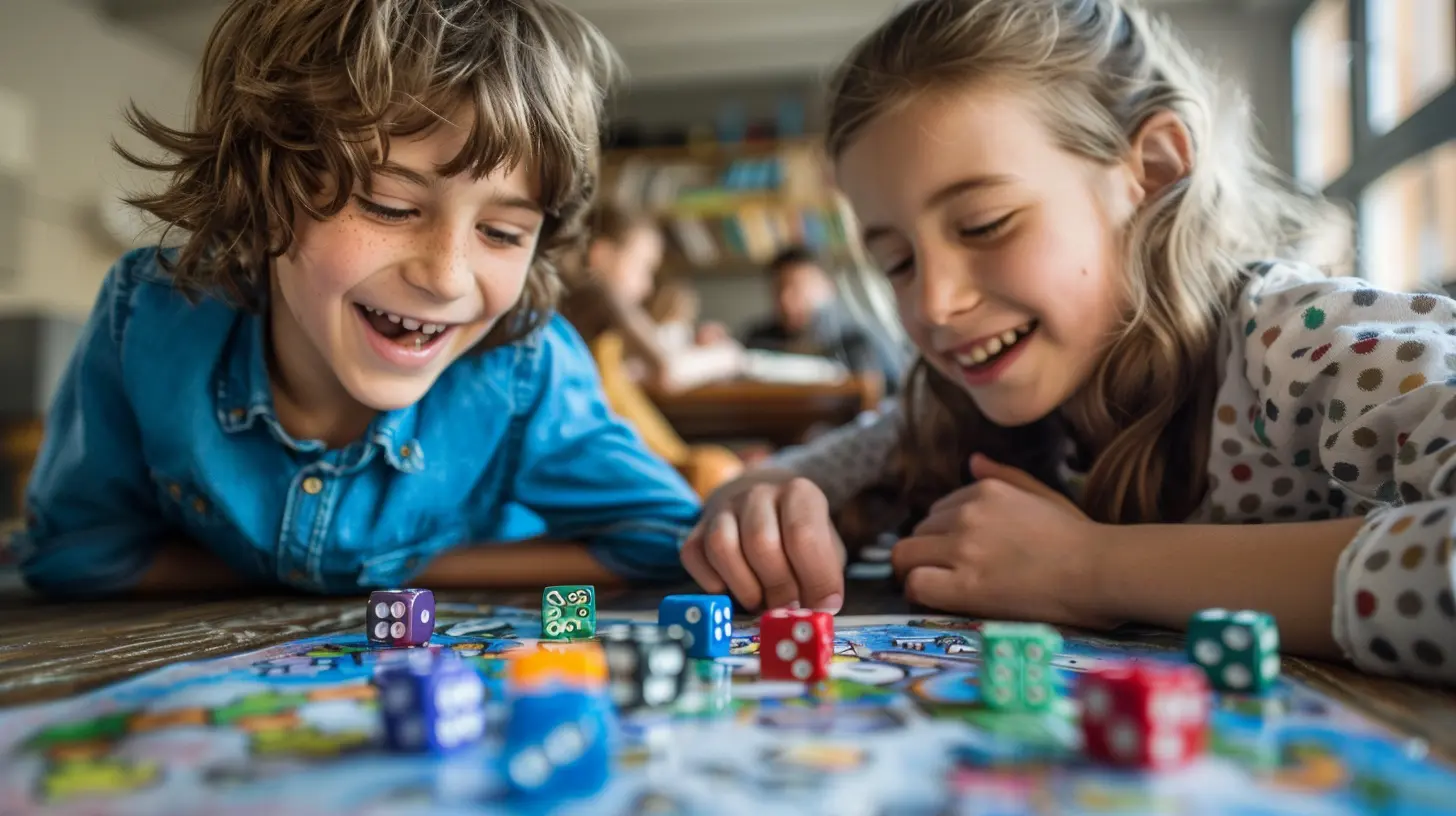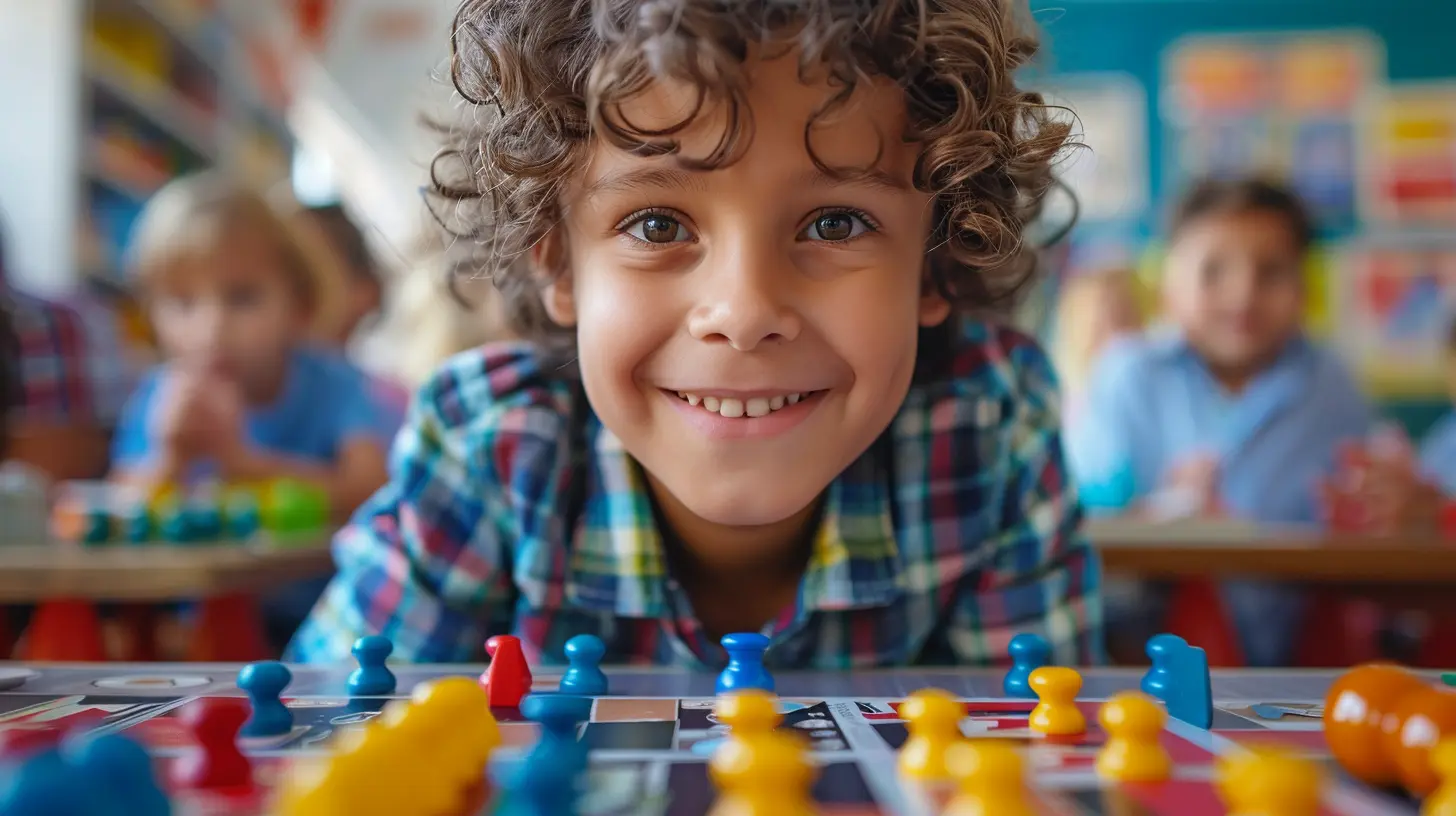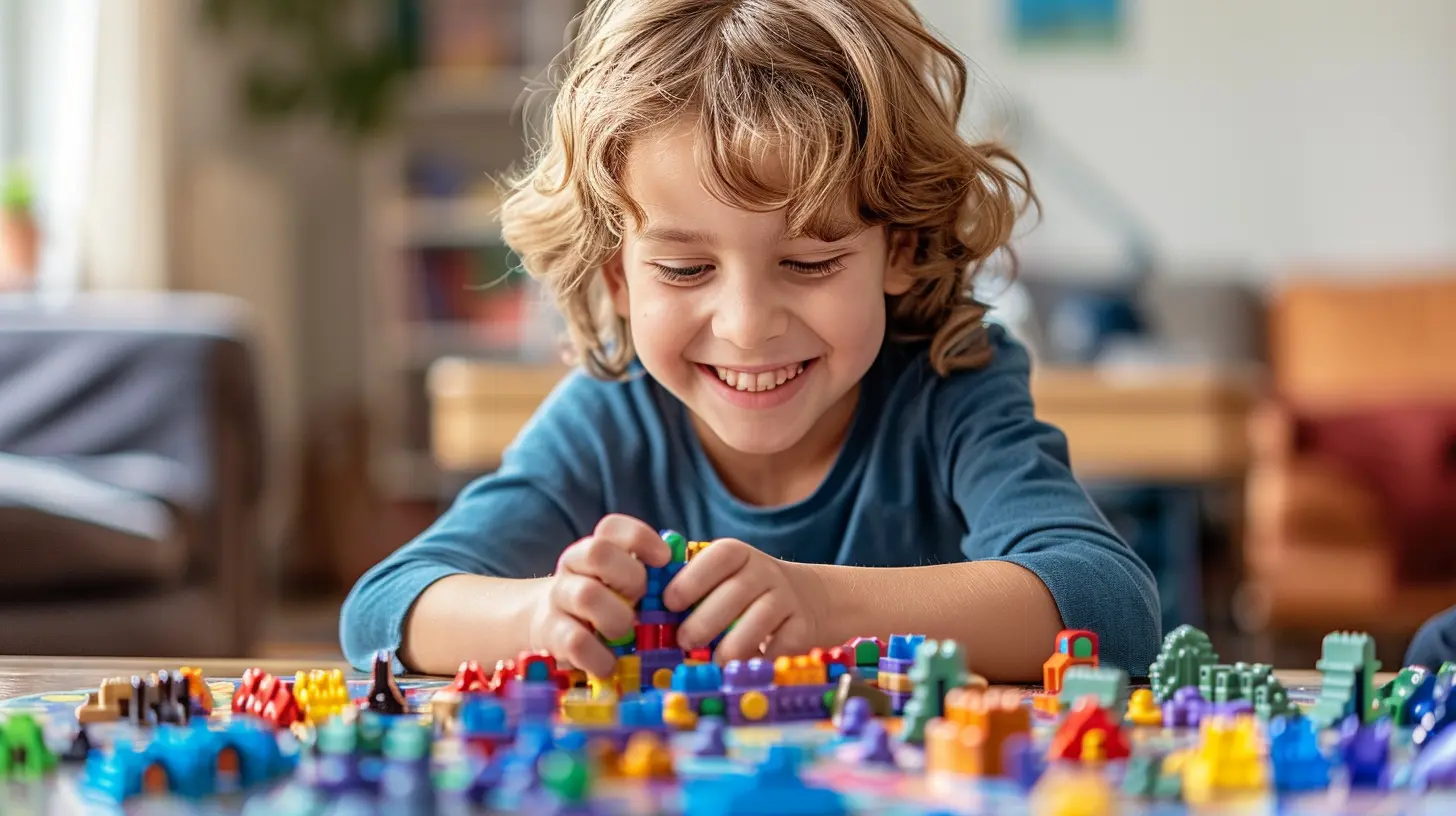How Play-Based Learning Supports Academic Growth
30 September 2025
Let’s face it—kids love to play. They’ll build castles out of blocks, create stories with action figures, and turn cardboard boxes into time machines. But here’s the kicker: while they’re having a blast pretending to be pirates or building the world’s tallest Lego tower, they’re also laying the groundwork for academic success. Yep, that’s right! Play isn’t just fun and games—it’s a powerful educational tool. So if you’re wondering how play-based learning supports academic growth, you’re in the right place.
Let’s break it down and find out why this playful approach might just be one of the smartest strategies in education today.
What is Play-Based Learning, Anyway?
Before we dive into the juicy stuff, let’s clear the air on what play-based learning actually means.Play-based learning is an educational approach that uses play as the primary method of learning. It’s not chaotic or random; it’s guided and intentional. Teachers (or parents, or caregivers) create environments and activities that are both fun and educational, allowing kids to lead the way.
Think of it like sneaking spinach into a smoothie. Kids are enjoying themselves, yet absorbing vital nutrients for their brains.
There are two main types of play:
- Free Play: Kids choose what they want to do—running outside, dressing up, building things. No real structure.
- Guided Play: Adults steer the play subtly toward learning goals—like setting up a pretend grocery store to teach counting and money concepts.
Both are goldmines for brain development.
The Science Behind Play: Why It Works
You may be wondering, how can something as unstructured as play lead to real academic growth? Good question.Research has shown that play boosts multiple areas essential to academic success:
- Cognitive Development: Play enhances problem-solving, attention span, and memory. Ever watched a child spend 30 minutes figuring out how to balance blocks? That’s cognitive muscle in action!
- Language Skills: Playing house, running a pretend restaurant, or story-telling—all require language and communication.
- Social-Emotional Skills: Through sharing, turn-taking, and conflict resolution, kids learn how to navigate social situations—a skill that’s just as important as knowing how to add and subtract.
Neuroscientists have even found that play stimulates the prefrontal cortex—the area of the brain responsible for regulating emotions, making decisions, and planning. Basically, play is like CrossFit for young brains.
Kickstarting Literacy Through Play
Reading and writing may not be the first things that come to mind when you think of play, but surprise—they’re all over it.Kids naturally build pre-literacy skills through play:
- Storytelling: When kids play pretend, they’re creating narratives. That’s the base of storytelling and writing.
- Vocabulary Building: Playing with others introduces new words. Ever heard a five-year-old use the word “negotiation” during a toy dispute? That’s play-based learning at work.
- Print Awareness: Activities like playing post office or writing “menus” for a pretend restaurant help kids recognize letters and understand written communication.
They may not be writing essays yet, but they’re developing the foundational skills needed to become strong readers and writers.
Math Skills? Yep, Play Has That Covered Too
Math might sound like the opposite of play, but stay with me.When kids stack blocks, count beads, or sort Legos by color, they’re soaking up essential math skills like:
- Number Recognition
- Counting and One-to-One Correspondence
- Patterns and Sorting
- Spatial Awareness and Geometry
Even board games have sneaky math benefits—rolling dice, making strategic moves, counting spaces. It’s like math in disguise! And the best part? Kids don’t get bored or stressed because they’re having fun.
Play Sparks Curiosity and Critical Thinking
Playing is basically science class for the under-10 crowd.Think about a sandbox. Kids experiment with quantities, make observations, and ask questions: “Why does the tall sandcastle fall faster?” That’s hypothesis testing right there!
From water play to puzzles to tinkering with toys, play encourages kids to:
- Ask questions
- Test ideas
- Explore consequences
- Think creatively
These are the same skills scientists and engineers use every day. Give kids a pile of random junk, and they’ll build robots, invent gadgets, or start a whole imaginary town. Their creative juices aren’t just flowing—they’re gushing.
Physical Play Builds Brain Power Too
Don’t roll your eyes, but movement is a game-changer for the brain.Active play—running, climbing, hopping—triggers brain development by:
- Improving focus and attention
- Enhancing coordination and motor skills
- Releasing stress and anxiety
Studies show that physically active kids perform better in school. So recess isn’t just a break—it’s brain fuel.
Even fine motor skills like using scissors, manipulating clay, or building with small blocks support handwriting and focus. It’s all connected.
Social Learning: More Than Just “Playing Nice”
Social-emotional development is as crucial as academic content. Kids need to learn how to collaborate, empathize, and regulate their emotions.Play naturally teaches:
- Cooperation: “Let’s build this together.”
- Negotiation: “I’ll be the doctor, and you be the patient.”
- Empathy: Pretending to care for a sick teddy bear isn’t just cute—it’s emotional development in action.
These soft skills translate directly into classroom success. A kid who can manage frustration during play is better equipped to tackle tough math problems or collaborate on group projects.
Play-Based Learning in the Classroom: What It Looks Like
Now, you might be thinking… “Okay, but how do schools actually use play-based learning?”Great question. Here’s what it might look like:
- Centers or Stations: Instead of sitting still all day, kids rotate between activities like puzzles, sand tables, dramatic play corners, or building zones.
- Choice Time: Students pick what they want to engage in, allowing for personal interests and creativity.
- Integrated Lessons: A math lesson might involve a pizza shop scenario where kids “sell” slices and make change.
- Outdoor Play: Not just recess—teachers can take science, reading, or movement games outside.
The key is that the learning is hands-on. Kids are interacting with materials, with each other, and with ideas.
But Isn’t Play Just for Preschool?
Nope, not even close.While play-based learning is most common in early childhood settings, it’s relevant way beyond preschool. Even elementary and middle school students benefit from playful, hands-on approaches.
Think:
- Gamification of lessons (turning subjects into games or competitions)
- Project-based learning (building real-world models or solving community problems)
- Creative storytelling or role-play in history or literature
Let’s be honest—wouldn’t YOU rather learn about ancient Egypt by staging a pharaoh’s court than by reading a dry textbook? Kids are no different.
The Long-Term Academic Payoff
Here’s where it gets really exciting. Studies have shown that children who engage in high-quality play-based learning show:- Better outcomes in reading and math in later grades
- Higher levels of independence and confidence
- Stronger problem-solving and executive functioning skills
Why? Because play builds a deeper understanding, rather than surface-level memorization. Kids develop a love for learning, not just a knack for test-taking. And that love? It sticks.
How Parents Can Support Play-Based Learning at Home
Good news—you don’t need a fancy playroom or endless toys. You just need to be intentional.Here are some easy ways to support play-based learning at home:
- Offer open-ended materials like blocks, cardboard, or art supplies
- Let kids take the lead in play
- Ask open-ended questions like “What are you building?” or “What happens if…?”
- Limit structured screen time and make room for unstructured play
- Join in! Play with your child—it shows that learning is important (and fun)
--
So, What’s the Takeaway?
Play is powerful. It’s not a distraction from learning—it IS learning. Through play-based experiences, kids develop not just academic skills, but the curiosity, confidence, and creativity that fuel lifelong success.So the next time you see a child lost in their pretend world with a cape and a cardboard rocket, remember—they’re not just playing. They’re preparing to take on the world.
all images in this post were generated using AI tools
Category:
Educational GamesAuthor:

Stephanie Abbott
Discussion
rate this article
1 comments
Bella Cole
Play today, excel tomorrow—brilliant strategy!
October 1, 2025 at 2:32 AM

Stephanie Abbott
Thank you! I'm glad you found the strategy insightful. Play is indeed a powerful tool for fostering academic growth!


